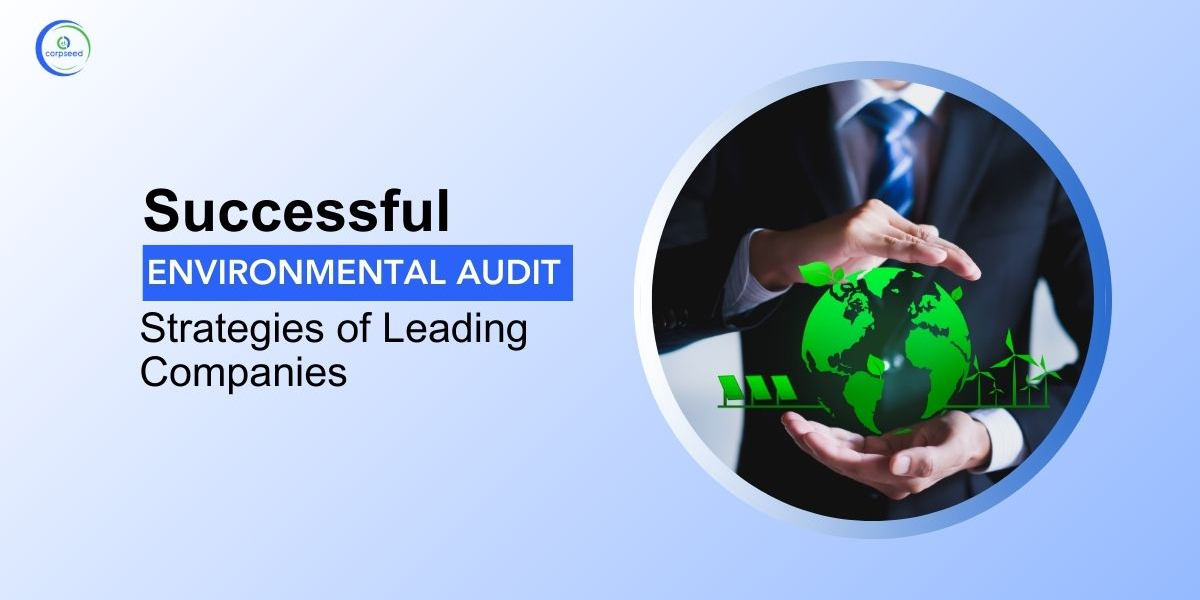In the ever-evolving landscape of corporate responsibility, environmental sustainability has become a paramount concern for businesses worldwide. As the global community increasingly acknowledges the urgency of combating climate change and preserving our planet, companies are under growing pressure to demonstrate their commitment to environmental stewardship. Amidst this imperative, environmental audits have emerged as essential tools for assessing, managing, and improving corporate environmental performance.
Understanding Environmental Audit
An environmental audit systematically evaluates a company's environmental performance, policies, procedures, and compliance with regulatory requirements. It involves comprehensive reviews of environmental practices, resource usage, waste management, emissions, and overall environmental impact. Through meticulous examination and analysis, environmental audits help identify areas for improvement, mitigate risks, and enhance sustainability efforts.
Key Components of Effective Environmental Audit Strategies
Comprehensive Scope: Effective audits cover all aspects of environmental management, including emissions, waste management, energy consumption, and resource utilization.
Regulatory Compliance: Ensuring adherence to relevant laws, regulations, and industry standards is a fundamental aspect of environmental auditing.
Data Accuracy and Transparency: Robust data collection and analysis mechanisms are essential for accurate assessment and reporting of environmental performance.
Stakeholder Engagement: Engaging with internal and external stakeholders fosters transparency, accountability, and alignment with sustainability goals.
Continuous Improvement: Environmental auditing should not be a one-time exercise but an ongoing process aimed at driving continuous improvement and innovation.
Implementing Best Practices from Top Companies in Environmental Auditing
Leading companies across various industries have embraced environmental audit best practices to drive sustainability and maintain competitive advantage. For instance:
Apple Inc.: Known for its rigorous environmental standards, Apple conducts detailed audits across its supply chain to ensure compliance with environmental regulations and promote responsible sourcing and manufacturing practices.
IKEA: The furniture giant implements comprehensive environmental audits to assess energy efficiency, waste reduction, and sustainable sourcing initiatives, demonstrating a commitment to minimizing its environmental footprint.
Unilever: With its Sustainable Living Plan, Unilever integrates environmental audits into its business strategy, focusing on reducing greenhouse gas emissions, water usage, and waste generation while enhancing product sustainability.
Navigating Regulatory Compliance Through Environmental Audits
Environmental audits play a crucial role in helping businesses navigate complex regulatory landscapes by:
They are identifying potential non-compliance issues and implementing corrective actions to avoid penalties and reputational damage.
We are providing documentation and evidence of compliance efforts to regulatory agencies, thereby building trust and credibility.
Proactively anticipating regulatory changes and adapting audit strategies accordingly to stay ahead of compliance requirements.
Maximizing Sustainability Impact: Lessons from Industry Leaders
Setting ambitious sustainability goals aligned with global frameworks such as the UN Sustainable Development Goals (SDGs) and Science-Based Targets (SBTs).
Engaging suppliers and partners in their audit processes to ensure supply chain transparency and accountability.
Investing in renewable energy, circular economy initiatives, and nature-based solutions to mitigate environmental impacts and drive positive change.
Innovative Approaches to Environmental Auditing in Today's Business Landscape
As businesses adapt to evolving environmental challenges and market dynamics, innovative approaches to environmental auditing are emerging. These include:
Blockchain Technology: Leveraging blockchain for transparent and immutable data management, enhancing traceability and accountability in supply chains and environmental reporting.
Artificial Intelligence (AI) and Machine Learning: Harnessing AI and machine learning algorithms for predictive analytics, identifying patterns, trends, and opportunities for environmental optimization and risk mitigation.
Remote Sensing and Satellite Imagery: Utilizing remote sensing technologies and satellite imagery for real-time monitoring of environmental indicators such as deforestation, biodiversity loss, and air quality, enabling proactive interventions and impact assessment.
Conclusion
In conclusion, environmental audits are indispensable tools for companies committed to environmental sustainability and corporate responsibility. By implementing effective audit strategies, drawing inspiration from industry leaders, and embracing innovative approaches, businesses can navigate regulatory compliance, drive continual improvement, and maximize their positive environmental impact in today's dynamic business landscape. As stewards of the planet, companies have a profound responsibility to uphold environmental integrity and contribute to a sustainable future for generations to come.








